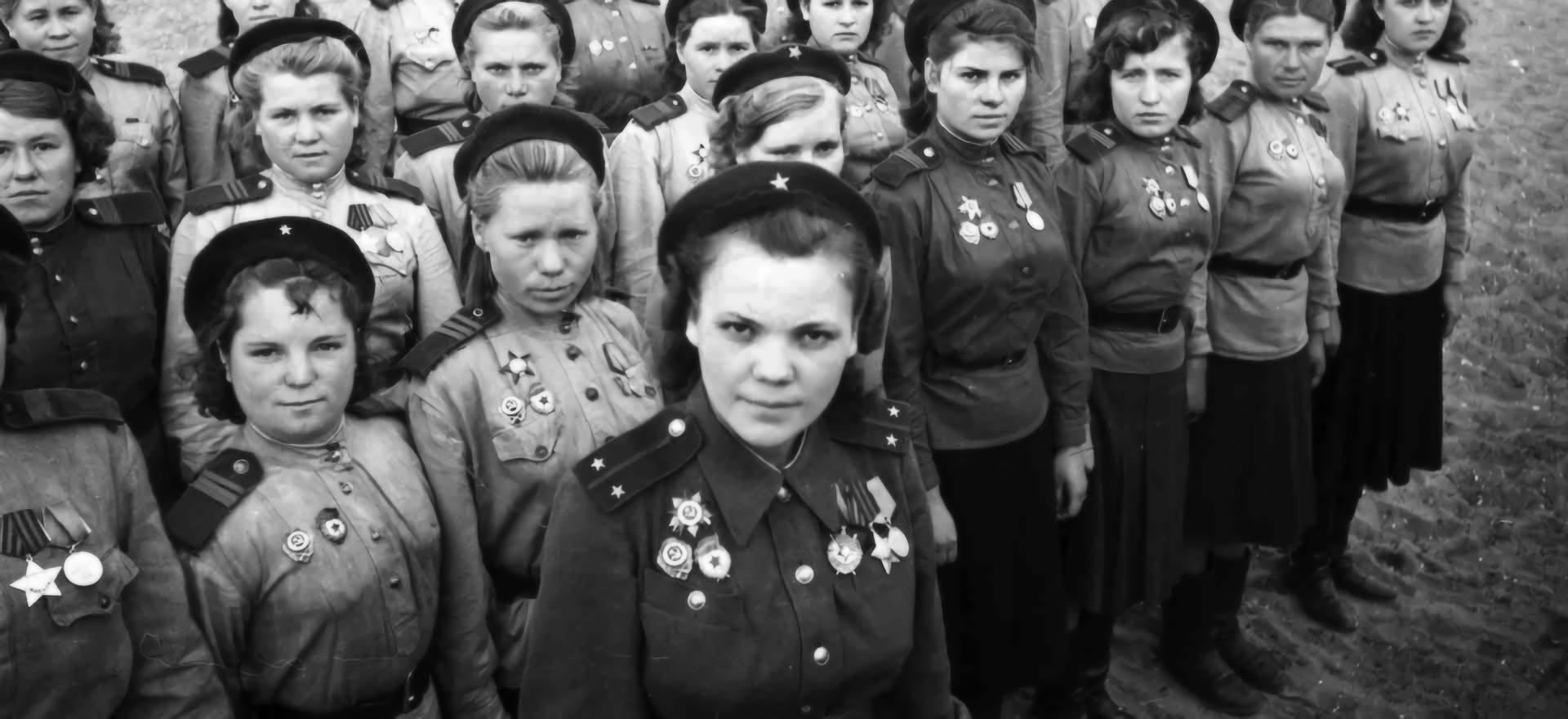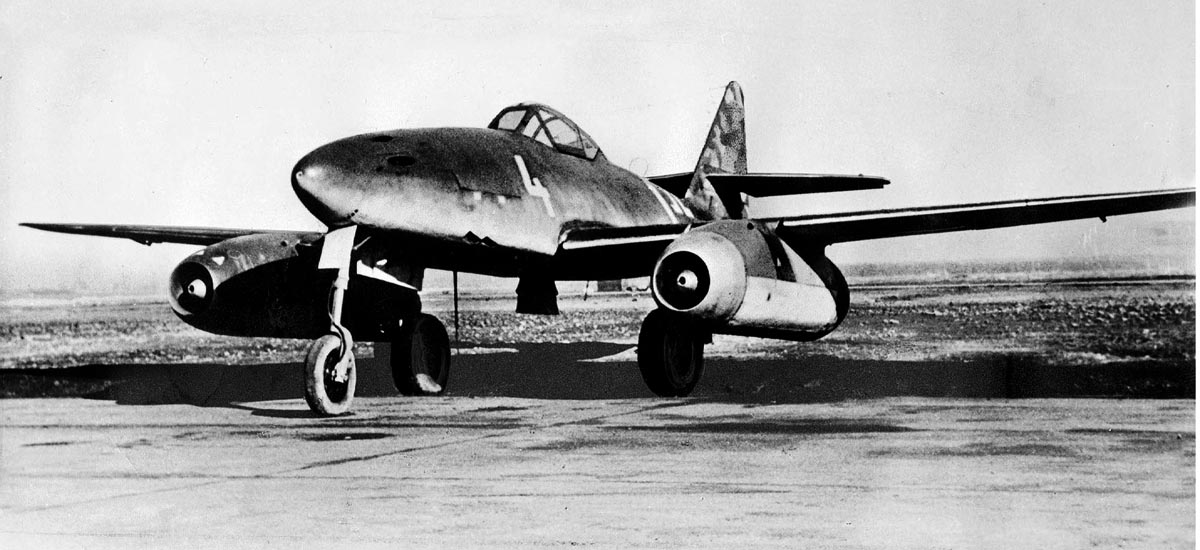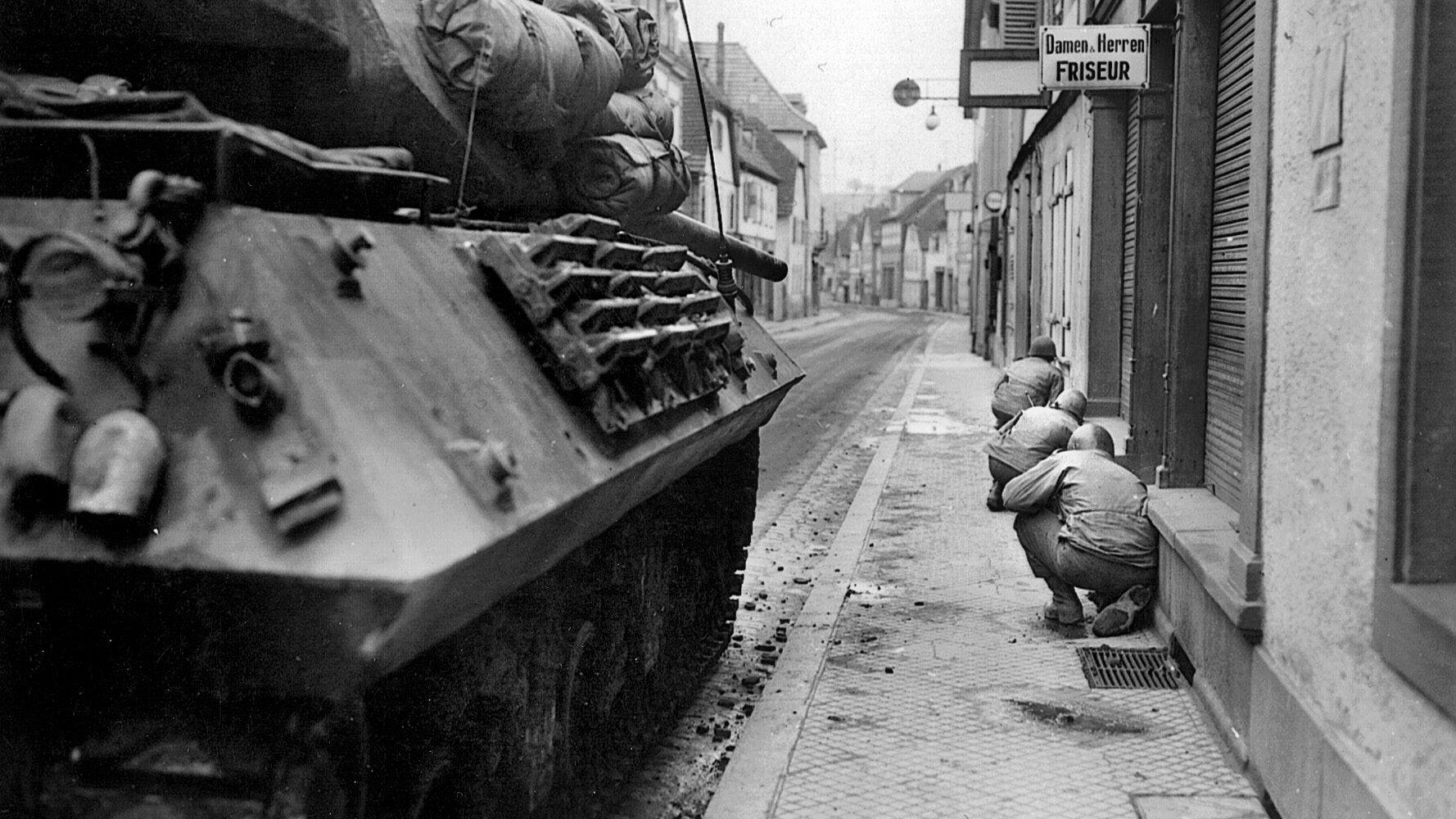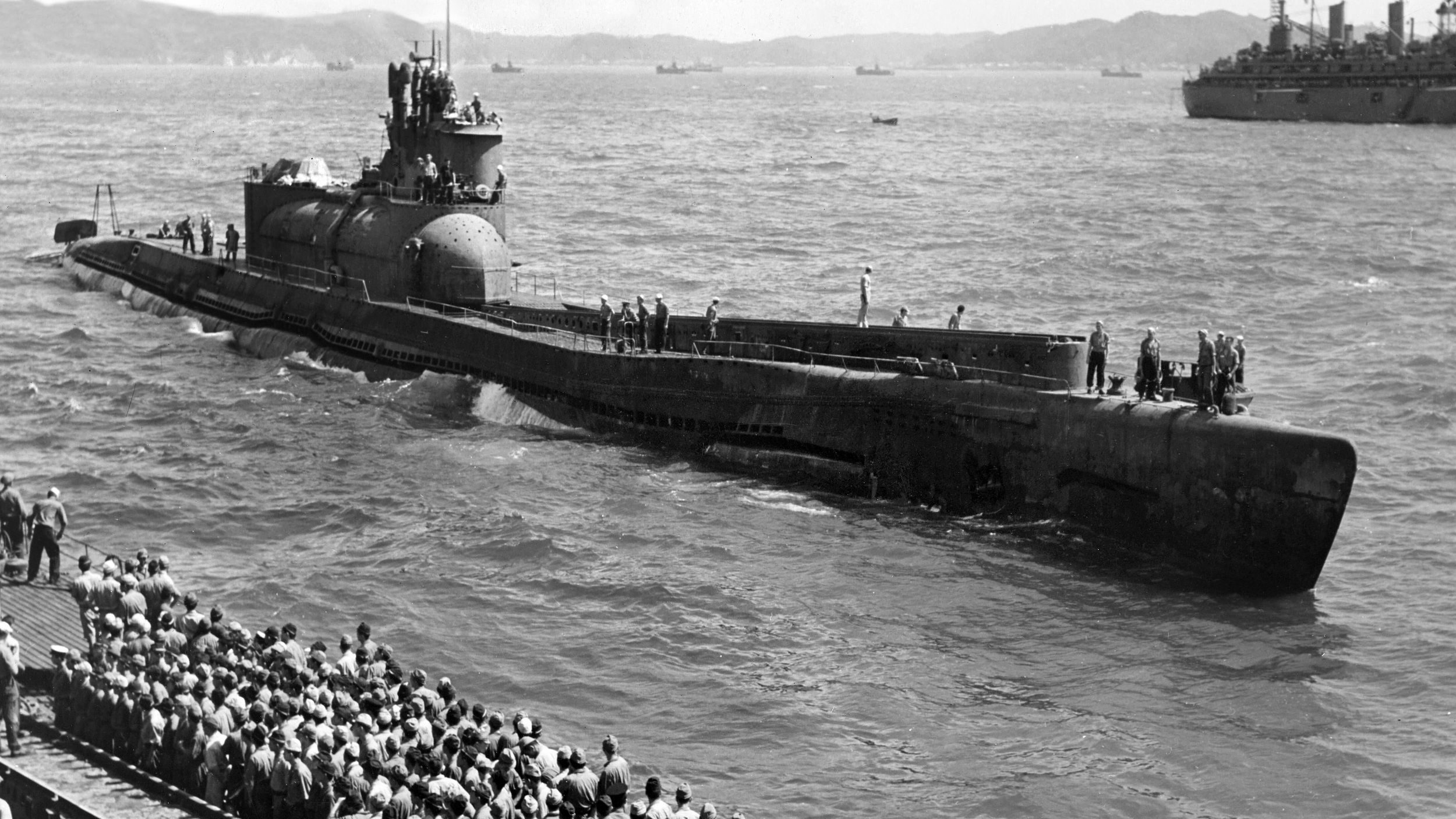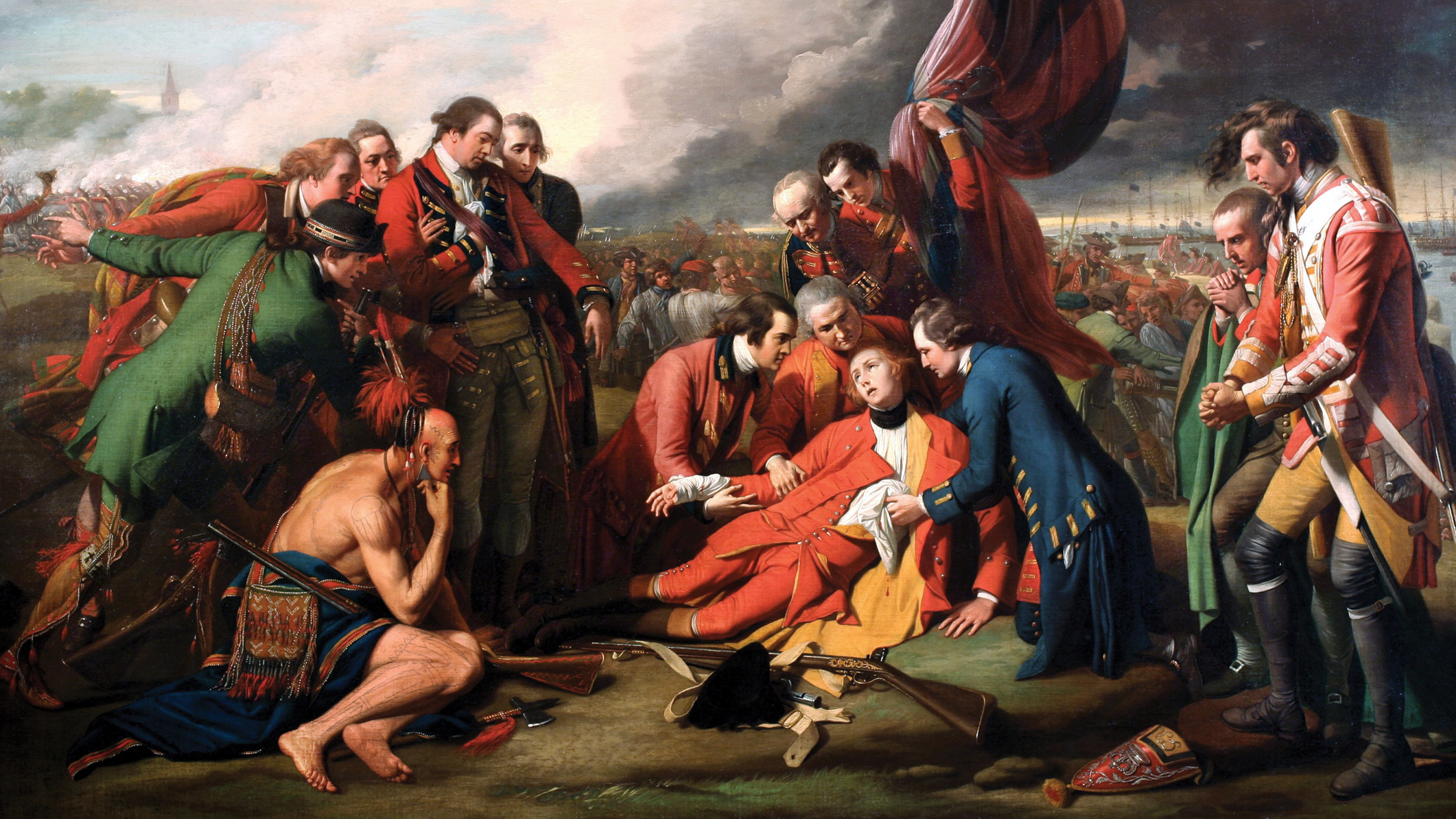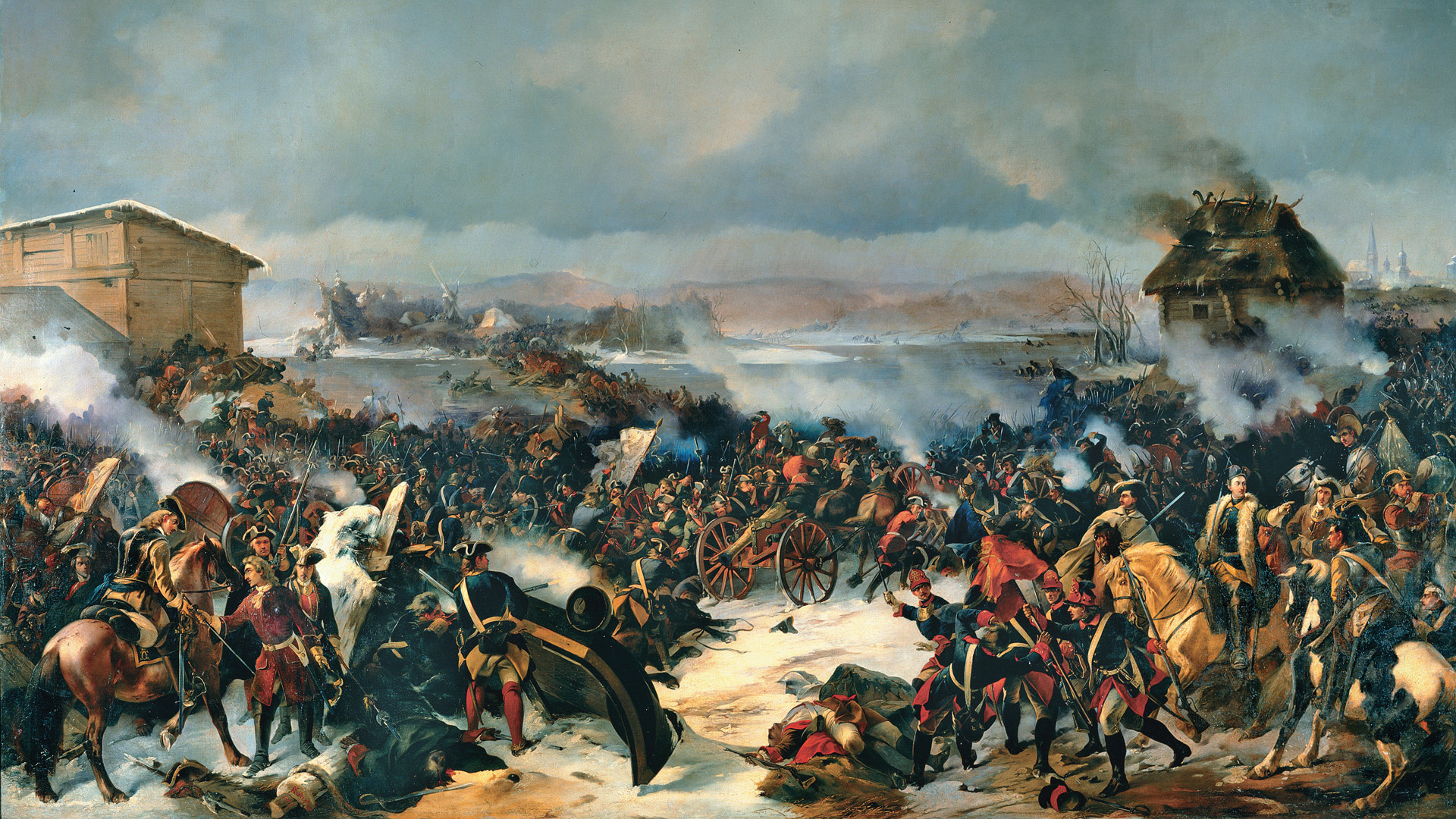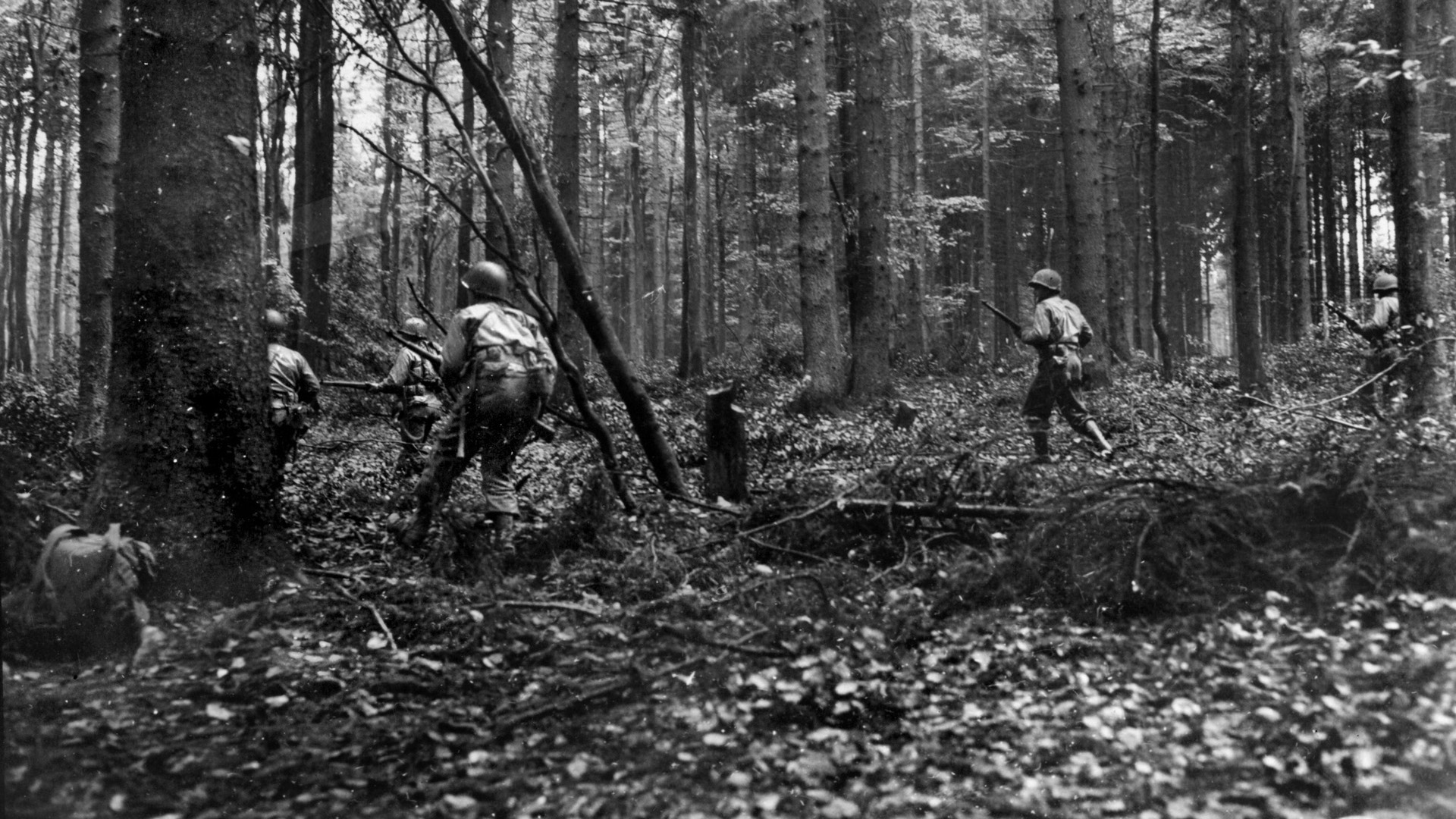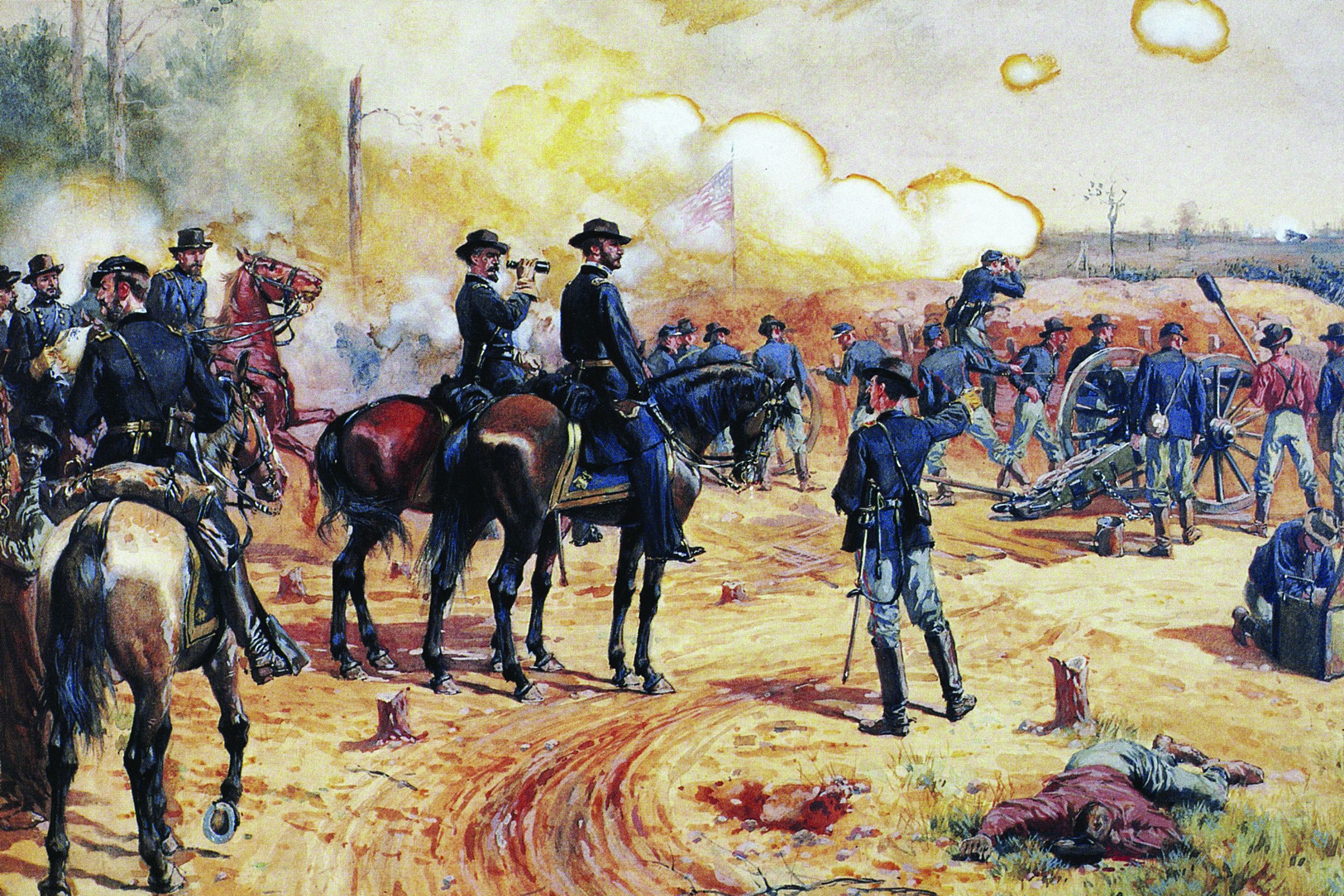By Phil Zimmer
Roza Shanina was cute as a kitten, yet as dangerous as a Siberian tiger. The 20-year-old drew many an eye behind Soviet lines in World War II with her striking blue eyes, fair skin, and strawberry blonde hair, but she earned her reputation out front in no-man’s-land. There, as one of the most accomplished Soviet women snipers of the Second World War, she stalked and officially took down 75 unsuspecting German officers and men—including 12 enemy snipers—with well-placed shots from her well-worn Mosin Nagant rifle.
Roza was one of more than 2,000 female snipers trained and employed by the Soviets to put fear in the hearts of the invaders by striking thousands from the Germans’ “rations list.” Other women were even more deadly and more famous. Lyudmila Pavlichenko, for example, had 309 confirmed kills and was selected to go on a wartime goodwill tour of Allied countries that included a visit to Franklin Roosevelt’s White House.
The initial female snipers were individuals like Nina Petrova, who served as a nurse on the front, although she had been a physical education instructor who had trained marksmen before the war. At first, the Soviets had been reluctant to employ her as a sniper because of her sex and the fact that she was 48 years old.
But the nurse was persistent, got her hands on a sniper rifle, and eventually was given permission to “go hunting” in her free time. As her official kill tally mounted, she gained the go-ahead for further outings, and she began to teach frontline sniper courses.
Other units also set up similar frontline programs, and in March 1942, a Central School for Sniper Instructors was established in Veshnyaki near Moscow. Petrova, Pavlichenko, and other women on the front lines had already demonstrated their abilities and coolness under fire, so it was a fairly logical follow-through when the Soviet high command established a separate three-month-long women’s training program there in December 1942.
Before the war was over, more than a thousand snipers had graduated in seven separate classes from the school before finding their way to the front lines, while others continued to learn on the job.
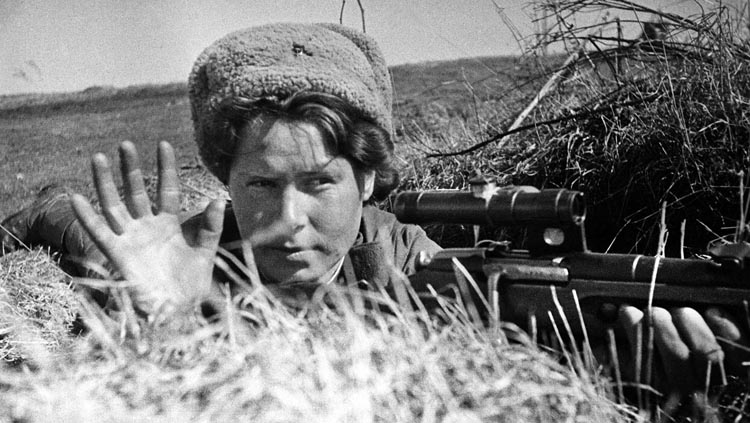
The women who graduated from the program continued to impress male officers at the front with their dedication, determination, and deadly marksmanship. In late May 1943, the training program was retitled the Central Women’s School of Sniper Training and was extended from three months to seven. A month later, the women’s school was transferred to Amerovo in Chechnya, and then moved a few months later to near Podolsk in the Moscow region.
The women studied ballistics and deception, calculated distances, worked in two-person teams, employed camouflage, and spent hours on the firing range shooting at distances from 200 to 1,300 yards. They were taught the importance of ignoring “simple soldiers” and to focus on officers, machine gunners, and communications personnel.
They traveled light, carrying a Mosin Nagant sniper rifle with ammo, bandages, a shovel, and a mess kit. Crucially, they were taught to carry two grenades: one for the Germans and one as a last resort to prevent being captured, raped, tortured, or killed. As the war progressed, some of the women preferred a purloined German pistol in place of the grenades, with the last bullet saved for themselves.
The women were taught the importance of harassing and killing the enemy from a distance. They were not to participate in deadly mass frontal assaults with the men, nor were they to keep diaries that would prove helpful to the enemy if captured.
Roza Shanina’s “Troika”
Most of the women snipers adhered to those common-sense rules. But Roza, being Roza, ignored the crucial directives about diaries and frontline assaults. Her diary became her “personal confidante,” as one observer noted. It held her most personal thoughts and feelings, even those she did not share with her two closest sniper friends, Alexandra Yekimova and Kaleri Petrova. The three had been together since training at Podolsk and formed what they called the “troika.”
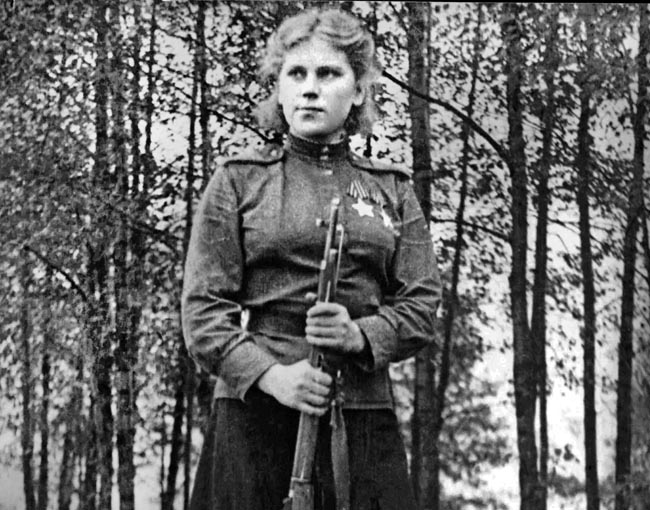
Although her early wartime diary has been lost to history, a second, later one, survived. It revealed the tumultuous highs and lows in the life of the 20-year-old sniper. She came across as an occasionally gruff young woman who experienced very high highs as well as extended periods of sadness. Roza admitted in her diary to more than a few crying fits during confrontations with her superiors. With her dramatic mood swings, she may have suffered from what today would be termed bipolar disorder.
On August 8, 1944, she “decamped” on her own and went AWOL from her sniper unit to go on the attack with the men. She did her part, shot Germans, and managed to take three prisoners, but she was reprimanded for her actions. She did the same thing a few days later and nearly paid for that adventure with her life when the unit came in contact with German tanks. Yet again, she returned unscathed and with German prisoners.
That and other “decamping” events to the front lines led to further sanctions and an angry fit when a political commander refused to let her go on additional excursions. She was an adrenaline junkie who begged to go back on the front lines. “Some force draws me to the front lines,” she wrote. “I’m bored in the back. Some people say I just want to get back to the boys, but I don’t have anyone I know there. I want to see real war.”
In one frontline attack alone, Roza reportedly killed 54 Germans and captured three others. Those figures were not included in her official sniper tally but resulted in a front-page feature in a Moscow magazine. Her action prompted Soviet writer-propagandist Ilya Ehrenburg to “thank her 57 times over. She has saved the lives of thousands of Soviet people.”
She was eventually awarded both the Order of Glory, Third Class and the Order of Glory, Second Class for her marksmanship on the front lines. Her attitude and behavior contributed to her near-mythical status and helped generate additional articles in the national and international press about the deadly, comely sniper.
On occasion, Roza was officially granted permission to take part in heavy frontal assaults. On November 1, 1944, she came off the front lines totally exhausted. “I am going to remember this war. This town [near Pillkallen, in East Prussia] switched hands four times, and three times I just barely slipped through the Nazis’ fingers. As a matter of fact, taking the war into enemy territory is pretty serious business,” she admitted.
In early January 1945, Roza convinced the commander of the First Belorussian Front to let her participate in an offensive in East Prussia. She did her part, and on January 14, she may have had a premonition of death when she wrote, “My definition of happiness is fighting for others…. If I must, for general happiness, fall, I am ready.” She fell on January 27, just months before her 21st birthday, in fierce fighting in East Prussia as she protected a wounded artillery officer. She died the following day.
“Maybe it is for the best that Roza has died. How could she have lived after the war? She shot so many people,” said her mother.
The Tired Life of a Female Russian Sniper
Roza Shanina was certainly one of the more colorful and more memorable snipers, but nearly all were determined to personally avenge the deaths of parents, siblings, or lovers who died at the hands of the gray-coated “Invaders of the Motherland.” As the advancing red tide swept westward through Belarus, she and the others were further emotionally swept up as personal eyewitnesses to the death and destruction caused by the fighting. They were further whipped up by the writings of Ilya Ehrenburg—a Bolshevik revolutionary, author, and historian—and others.
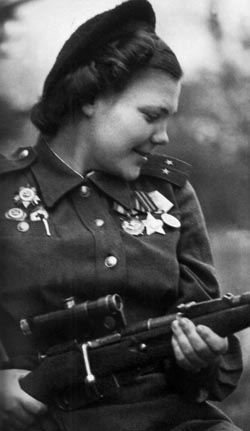
As the war entered its fourth year, both Soviet and German fighters became more fierce and more exhausted. At several stages, the Soviet women snipers and their comrades were on the march nearly constantly as the Germans fell back to more defensible positions. The weariness, lack of sleep and food, and the near constant dampness took a toll on everyone. Even horses had difficulty working their way forward through the mud and obstacles.
Yulia Zhukova recalled that many of the Soviet women snipers occasionally fell asleep while on the march as their “consciousness switched off.” Fellow sniper Nina Lobkovskaya stated that “in order to not fall asleep or fall down, we held each other by the arms, and if someone fell asleep, those next to that person would help.”
In many areas, it became more common for the women to take part in the direct fighting with their male comrades. Lobkovskaya recalled one battle where her unit fended off 12 fierce counterattacks in one day. Between battles, she and other female snipers served as nurses, providing first aid and retrieving wounded Red Army comrades from the battlefield.
The Soviets were the first Allied troops to personally see the horrors of the Nazi concentration camps, which they liberated in their sweep toward Germany. The young Lobkovskaya recalled seeing a group of weary French concentration camp survivors hobbling homeward. When they saw the women with their sniper rifles, they applauded, blew kisses, and shouted out, “Brava! La femme sovietique!”
The frontline experiences were harrowing for snipers like Lobkovskaya. She was among those who rescued injured Soviet tankmen, including tank commander, a Lt. Col. Popov. They gently placed him on a plash-palatka (Soviet raincoat) and crawled, dragging him back to friendly lines for treatment at a field hospital.
As might be expected, the female snipers had to fend off unwanted sexual advances from their Soviet comrades, both enlisted men and officers. The officers often had the upper hand, with an ability to reassign female snipers and others to less hazardous duties behind the lines. A number of women succumbed to the offer of safer, second-tier duties, and became what the Soviets euphemistically called “officer wives” during the war. At war’s end, the couple often parted when the man returned home to his real wife and children.
“A Sparrow’s Feather”
Nearly all the women who had served on the front lines suffered greatly after the war, with rumors abounding about their living for years alongside young and virulent men and not knowing if the next bullet had their name on it.
The returnees, like their male counterparts, often had to deal with post-traumatic stress syndrome (PTSD)—all this while acclimating themselves to the challenge of rebuilding their lives and a nation that had been devastated by war.
One sniper, referred to only as Klavdiya, was one of only about 500 Soviet women snipers who managed to return home physically unscathed after years at the front. She spent much of the rest of her life reflecting on her fate.
“A bullet is a fool; fate is a villain,” she often said in quoting her mother. “We are a feather; a sparrow’s feather. You can never know your future. It is not given to us,” Klavdiya added.
She returned home to her mother, only to find that her two brothers had gone missing early in the war and her father had been killed at Stalingrad. She and her mother were reduced to living in a dugout, but she managed to move forward, married a factory engineer, and had a son and a daughter. The boy prospered, completed his university training, and became an architect, but the girl had disabilities. She did not begin to walk until she was five, and only at seven did she say her first words.
Klavdiya, the former sniper with two Orders of Glory and four medals, began to believe that she was being punished for killing so many people. Her husband left her after asking, “Would a normal woman have gone to war? Learned to shoot? That’s why you’re unable to give birth to a normal child.”
The vast majority of others, like Roza Shanina, did not have the opportunity to return to the Motherland. Take Nina Petrova, the aging sniper-instructor who had been a physical education instructor before the war. On March 14, 1945, just a few months before the war’s end, the 52-year-old was personally awarded the Full Cavalier of the Order of Glory by the commander of the Second Assault Army for her more than 100 kills, making her the second woman to receive that prestigious award. Just a few months later, fate intervened when the truck she was riding in fell off a bridge and she was killed. The grandmother died before she got to return home to see her tiny granddaughter.
Not all Soviet women snipers suffered such a fate. Nina Lobkovskaya, for one, returned home, earned a degree in history at Moscow State University, and worked more than two decades at the Central Lenin Museum in the capital city. She did presentations on the war for students from universities and military academies and was cited for her work in 1974.
She fondly recalled the time, several years after the war, when she answered her door to see Colonel Popov, the wounded man she rescued during the war. Against all odds, he had tracked her down to personally present flowers and thank her for saving his life on the battlefield.
Sniper Klavdiya Grigoryevna told of returning home at age 21—with completely white hair. She had grown four inches taller during her time away and she had to relearn how to wear shoes and dresses after four years at the front. But she was alive, physically uninjured, and ready to resume life.
